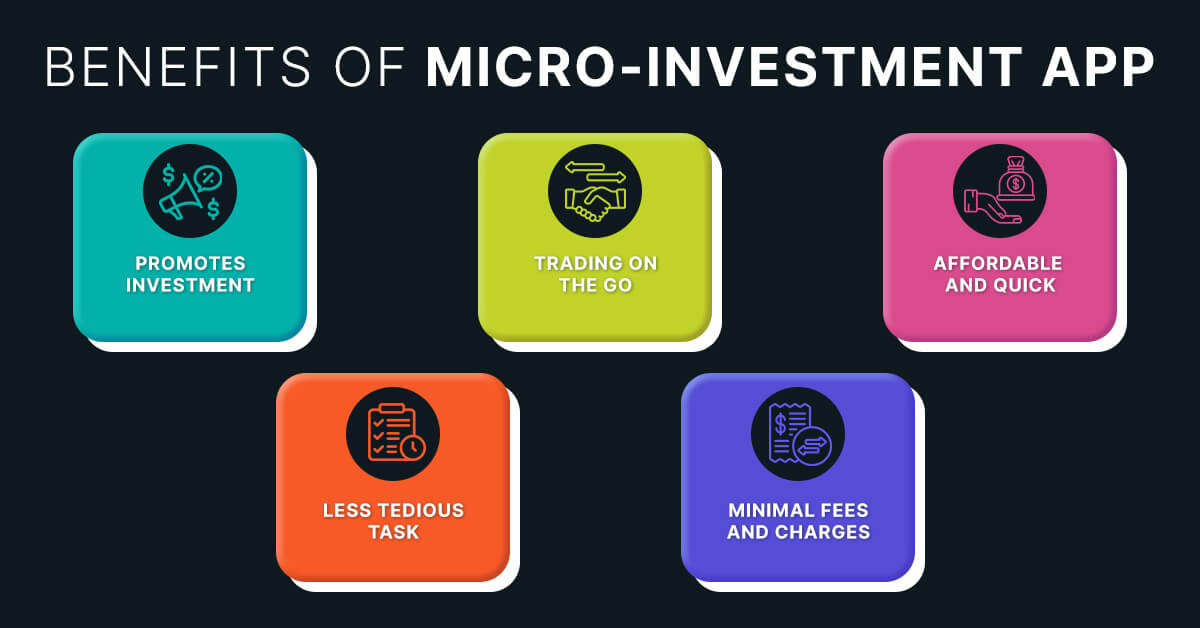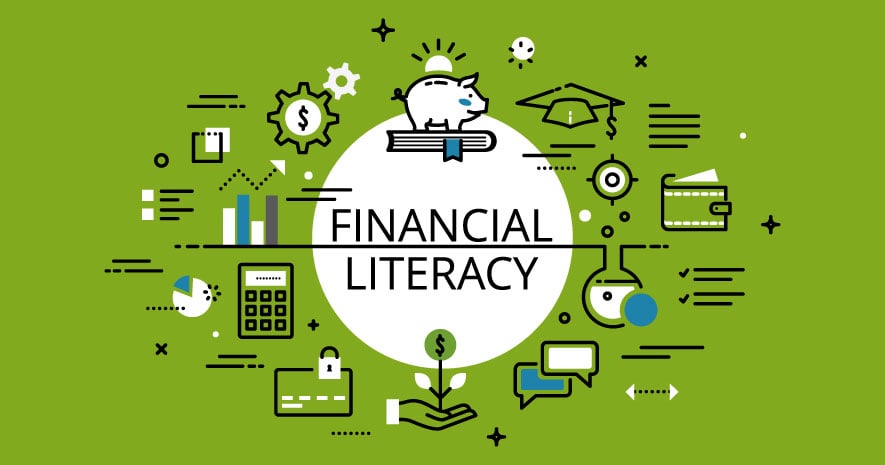In recent years, the financial landscape has witnessed a significant shift with the advent of micro-investing apps. These innovative platforms have captured the attention of young investors, providing them with accessible and easy-to-use tools to invest their spare change and small amounts of money into the stock market. As traditional barriers to entry in the world of investing diminish, young people are embracing these apps to pave the way for a financially secure future.
The Emergence of Micro-Investing Apps
Micro-investing apps emerged as a response to the prevailing notion that investing required substantial capital and intricate knowledge of the financial markets. Faced with the challenges of student loan debt, rising living costs, and uncertain economic times, many young people hesitated to enter the investment realm. However, with micro-investing apps, investing has been democratized, allowing anyone to participate with even the tiniest of contributions.

Accessibility and Simplicity
The allure of micro-investing apps lies in their simplicity and accessibility. These platforms often link to users’ bank accounts, automatically rounding up purchases to the nearest dollar and investing the spare change. Additionally, they offer fractional shares, which allow users to invest in expensive stocks without having to buy a whole share. This approach enables young investors to build diversified portfolios with minimal effort and start their investment journey without feeling overwhelmed.
Financial Literacy and Education
Beyond just being a tool for investment, micro-investing apps also serve as educational platforms. Many of them provide resources, articles, and tools that enhance financial literacy. This focus on education empowers young investors to make informed decisions, understand risk, and cultivate sound money management habits.

Overcoming Behavioral Barriers
Traditional investing often faced behavioral barriers, such as fear of loss, lack of discipline, and procrastination. Micro-investing apps leverage behavioral psychology to tackle these issues effectively. By using small, incremental contributions, these apps make investing less intimidating, fostering a habit of regular saving and investment.
Creating a Long-Term Mindset
One significant impact of micro-investing apps is their ability to instill a long-term mindset among young investors. In a world of instant gratification and short attention spans, these platforms promote patience and perseverance. Users gradually witness their investments grow, and as a result, they are more likely to adopt a disciplined approach, focusing on long-term financial goals.
Challenges and Risks
While micro-investing apps offer numerous advantages, they are not without challenges and risks. One potential concern is the reliance on technology and automation, which could expose users to cybersecurity threats and technical glitches. Additionally, the simplicity of these apps may inadvertently oversimplify investing, leading to misconceptions about risk and returns.
Regulatory and Ethical Considerations
As the popularity of micro-investing apps grows, regulators are paying closer attention to their operations. Ensuring transparency, fairness, and protection for investors becomes crucial to maintaining the industry’s credibility. Furthermore, ethical considerations arise when catering to young, inexperienced investors, and platforms must take responsibility for providing accurate information and avoiding exploitative practices.
The top 5 global micro-investing apps
- Acorns: Acorns is one of the pioneers in the micro-investing space. The app allows users to invest their spare change by rounding up purchases made with linked debit or credit cards. It offers diversified portfolios based on users’ risk preferences and financial goals.
- Robinhood: Robinhood is a commission-free stock trading app that gained immense popularity for its user-friendly interface and accessibility. While not exclusively a micro-investing app, it introduced fractional shares, making it easier for users to invest with smaller amounts.
- Stash: Stash is an investment app that aims to simplify the investment process for beginners. It offers curated investment options, educational content, and fractional shares, allowing users to start investing with as little as $5.
- Wealthfront: Although primarily known as a robo-advisor, Wealthfront incorporates micro-investing features. It enables users to open an investment account with a low initial deposit and offers automated portfolio management based on individual risk profiles.
- Betterment: Similar to Wealthfront, Betterment is primarily a robo-advisor that provides automated portfolio management based on users’ goals and risk tolerance. It also offers fractional shares and an easy-to-use platform for investors of all experience levels.
Frequently Asked Questions (FAQs) about Micro-Investing Apps and Young Investors

- What are micro-investing apps, and how do they work?
Micro-investing apps are innovative platforms that allow users to invest small amounts of money, often starting with spare change or tiny contributions. These apps link to users’ bank accounts, rounding up purchases to the nearest dollar and investing the difference. They also offer fractional shares, making it possible to invest in expensive stocks with minimal capital. - What makes micro-investing apps appealing to young investors?
Micro-investing apps appeal to young investors due to their accessibility, simplicity, and ability to overcome behavioral barriers. They provide an easy entry point into the world of investing, making it less intimidating for those with limited financial resources. The automatic saving and investing features foster a habit of regular investment, while the educational resources enhance financial literacy. - Do micro-investing apps encourage a long-term investment mindset?
Yes, micro-investing apps are designed to encourage a long-term investment mindset among young investors. By using small, incremental contributions, these apps promote patience and perseverance. Users can witness their investments grow over time, encouraging them to focus on their long-term financial goals rather than seeking quick profits. - What are some potential risks associated with micro-investing apps?
While micro-investing apps offer numerous advantages, there are also potential risks to consider. These include the reliance on technology and automation, which may expose users to cybersecurity threats and technical glitches. Additionally, the simplicity of these apps could lead to misconceptions about risk and returns, especially for inexperienced investors. - Are micro-investing apps regulated, and how are investors protected?
As the popularity of micro-investing apps grows, regulators are paying closer attention to their operations. These apps must comply with relevant financial regulations to ensure transparency and fairness. To protect investors, platforms must provide accurate information, offer clear explanations of risks, and refrain from exploitative practices. Users should also be aware of their rights and the regulatory framework governing these platforms.
